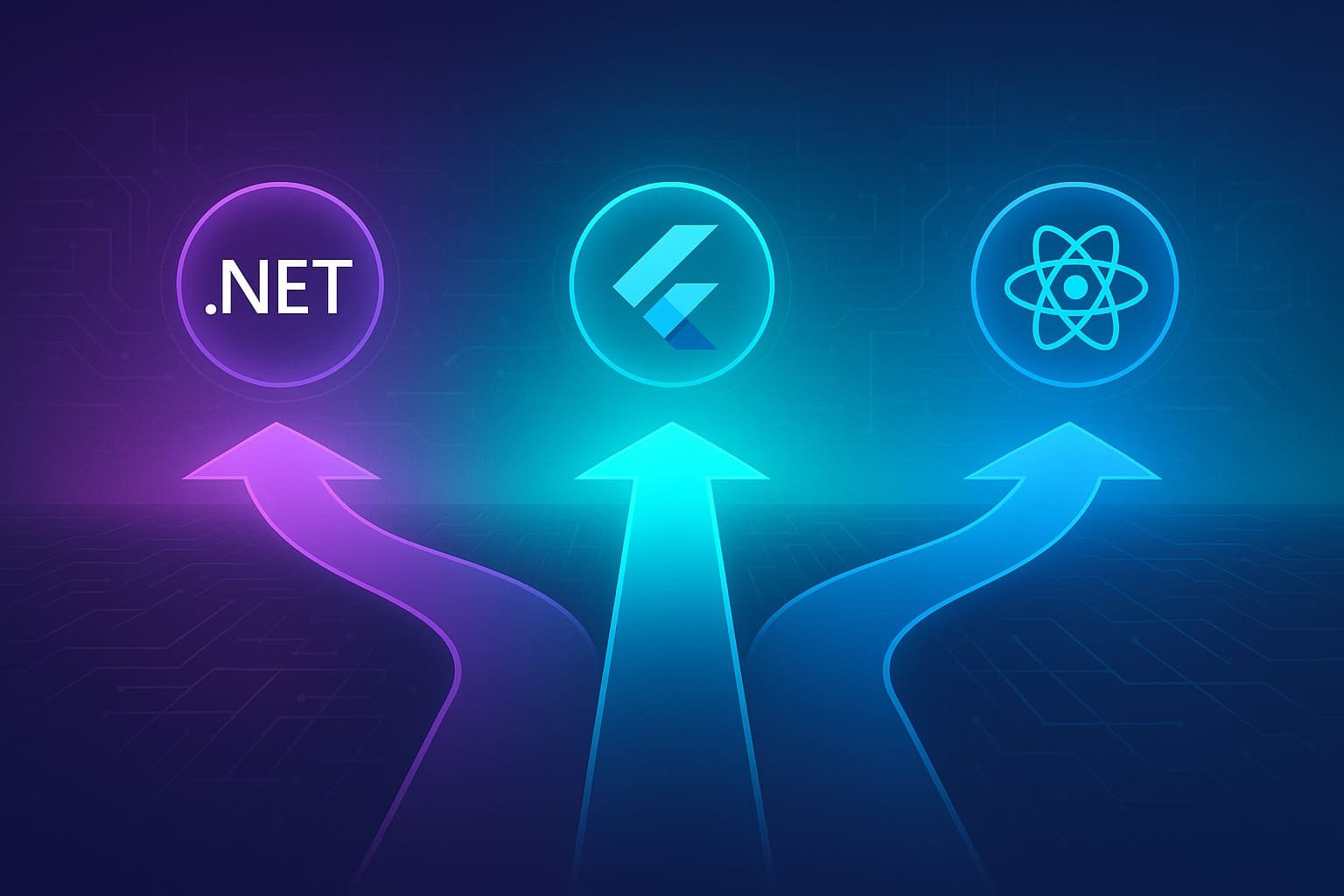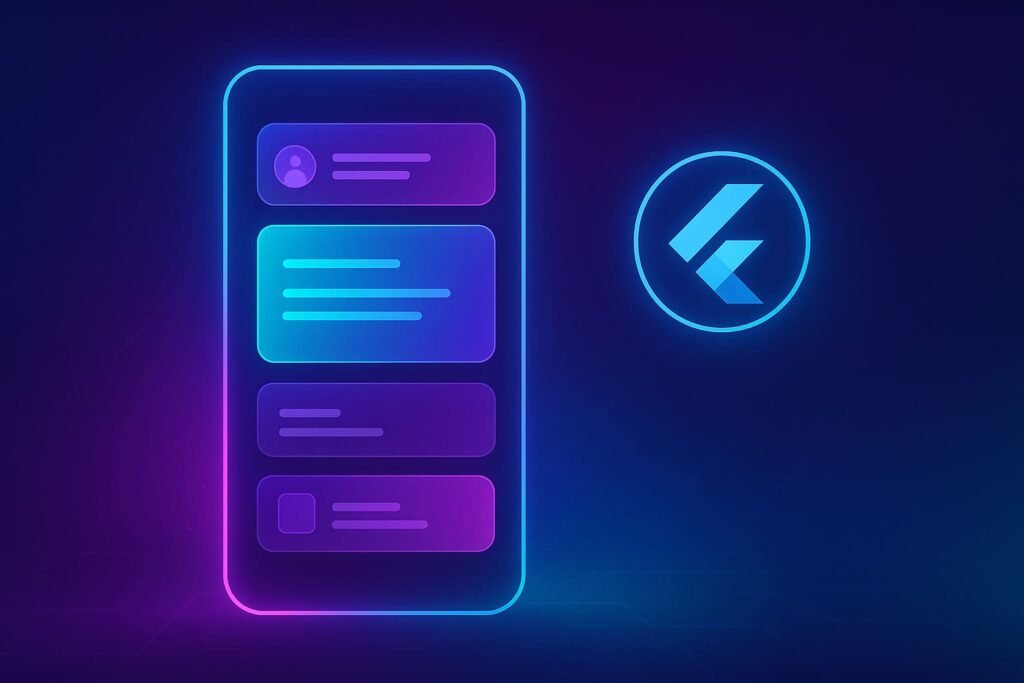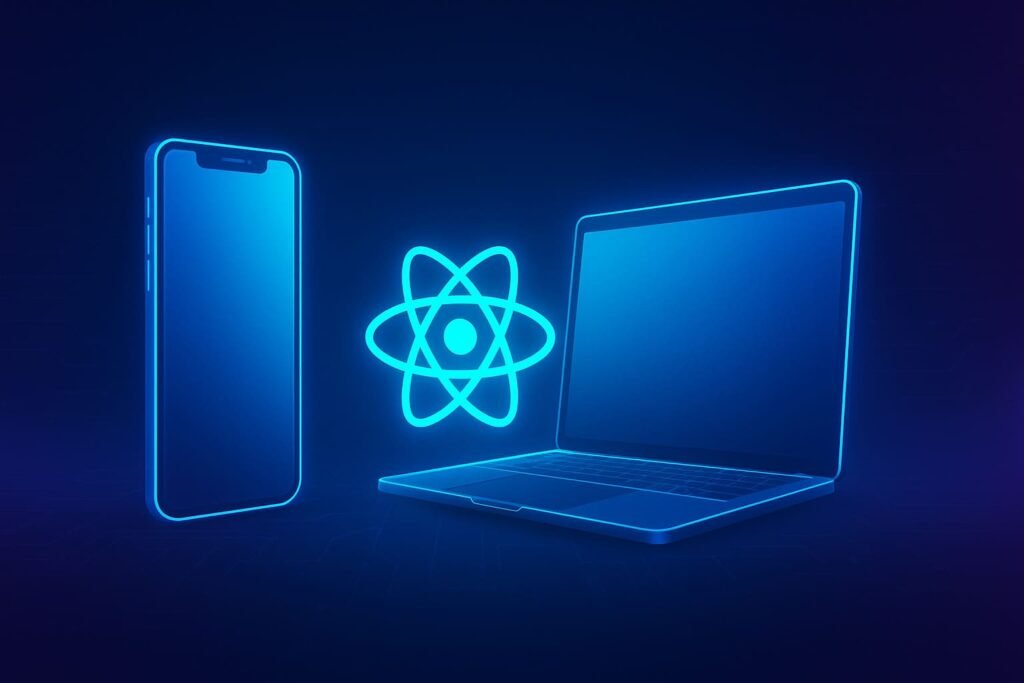
Introduction
In 2025, businesses can no longer afford to build separate apps for iOS, Android, and desktop from scratch. Cross-platform frameworks let you deliver consistent, high-quality experiences faster and more cost-effectively — without maintaining multiple codebases.
The question is: which framework should you choose? The top three contenders are .NET MAUI, Flutter, and React Native. Each offers unique advantages, and the best fit depends on your goals.
This guide breaks down their strengths, limitations, and ideal use cases — backed by industry data and official sources — so you can make an informed decision.
Key Factors to Consider Before Choosing
- Performance: Do you need complex business logic or smooth animations?
- Platforms: Will your app target only mobile, or also desktop and web?
- Developer Skills: Do you have access to C#, Dart, or JavaScript developers?
- Ecosystem: How many ready-made libraries and integrations are available?
- Community Support: Is the framework widely adopted and growing?
- Long-Term Stability: Will the framework be supported in the years ahead?
- Cost of Ownership: How easy and affordable will it be to maintain the app?
.NET MAUI

What it is: Microsoft’s official successor to Xamarin.Forms, designed for mobile and desktop (Microsoft Docs).
Strengths:
- Seamless integration with Microsoft’s ecosystem (.NET, Azure, Visual Studio).
- Strong choice for enterprise apps with heavy business logic.
- Single codebase works across iOS, Android, Windows, and macOS.
- Backed by Microsoft, ensuring long-term enterprise stability.
Limitations:
- Smaller developer pool compared to Flutter and React Native.
- Ecosystem and third-party libraries are still maturing (InfoQ).
Best For: Enterprises already invested in the Microsoft stack, or apps where backend logic is more important than flashy UI.
Flutter

What it is: Google’s open-source UI toolkit that runs on mobile, desktop, and web using the Dart language (Flutter Official Site).
Strengths:
- Excellent performance with its own Skia rendering engine.
- Highly customizable, pixel-perfect UI — great for animation-heavy apps.
- Rapidly growing community and strong developer adoption.
- Currently the most widely used cross-platform framework worldwide, according to Statista’s 2024 developer survey.
Limitations:
- Larger app sizes compared to alternatives.
- Not as many enterprise-level integrations as .NET or React Native.
Best For: Startups and businesses that need fast development cycles and apps with modern, visually striking designs.
React Native

What it is: A popular framework from Meta that uses JavaScript and React to build native apps (React Native Official Docs).
Strengths:
- Huge developer pool thanks to JavaScript/TypeScript.
- Mature ecosystem with thousands of third-party libraries.
- Widely adopted by large companies like Meta, Discord, and Shopify (Shopify Engineering Blog).
- Quick to market with lower development costs.
Limitations:
- Uses native bridges, which can cause performance challenges for complex apps.
- UI consistency requires more effort across different platforms.
Best For: Businesses wanting to leverage existing JavaScript teams, move quickly, and tap into a large open-source ecosystem.
Head-to-Head Comparison
| Factor | .NET MAUI | Flutter | React Native |
|---|---|---|---|
| Performance | Strong for business logic | Excellent, smooth UI/animations | Good, but bridge can slow complex apps |
| Ecosystem | Microsoft stack, growing slowly | Rapidly growing, UI-first | Largest, very mature |
| Community | Smaller, enterprise-focused | Growing fast, strong support | Massive global developer base |
| UI Flexibility | Standard UI with customization | Pixel-perfect, highly flexible | Good but depends on native modules |
| Enterprise Fit | Excellent | Moderate | Moderate to strong |
| Talent Pool | Limited (C#/.NET devs) | Growing Dart community | Huge (JavaScript devs) |
| Long-Term | Backed by Microsoft | Backed by Google | Backed by Meta, large open source |
How to Decide
There’s no one-size-fits-all winner. Your choice depends on your priorities:
- Choose .NET MAUI if you’re an enterprise already using Microsoft tools and need a stable, business-logic heavy app.
- Choose Flutter if you want stunning, modern UIs and care about user experience above all else.
- Choose React Native if speed to market, cost-efficiency, and access to a massive developer pool are your top priorities.
Conclusion
Cross-platform development is the future, but choosing the right framework determines whether your app will scale smoothly or struggle with limitations.
Each of the big three — .NET MAUI, Flutter, and React Native — has clear strengths. The key is matching those strengths to your project goals.
At Cybersynq, we specialize in helping businesses navigate these choices and build cross-platform apps that are reliable, scalable, and future-ready.
Get in touch to discuss the best platform for your project.